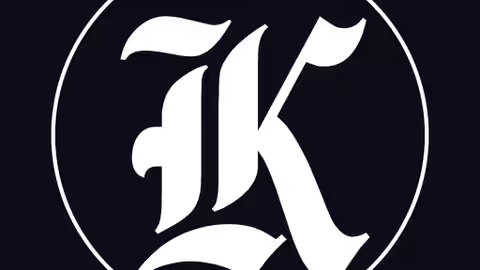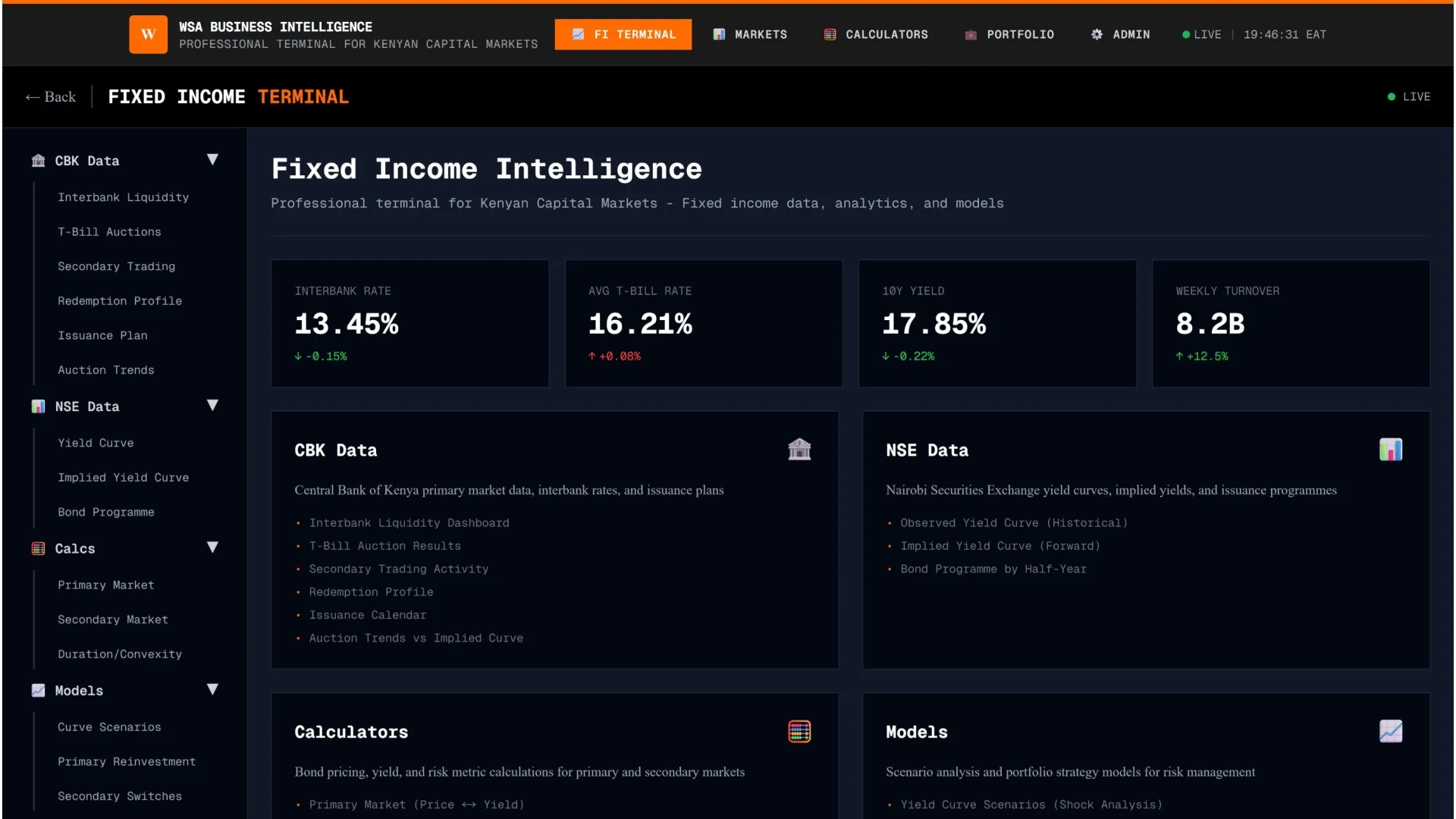The Central Bank of Kenya (CBK) is likely to continue cutting the benchmark rate to 9% by the end of 2025 and hold it there for the next two years, down from the current 10.75%, Absa Research predicts in its Kenya Economic Overview.
- •According to the report, inflation is expected to remain stable, to average 4.5% in December 2025 with food inflation the most pertinent upside risk.
- •Analysts project that Kenya’s economy will grow by 4.9% in 2025, from an estimated 4.5% in 2024 on the back of stable consumer spending.
- •The CBK has cut a total of 225 basis points in the Central Bank Rate since August 2024 when it began its easing cycle, bringing down rates from a high of 13%.
In January, Fitch Solutions forecast that CBK would cut its benchmark rate to 8.25% in 2025 “informed by the fact that policymakers remain concerned about high lending rates and poor credit growth – while low inflation will provide plenty of room to ease policy over the course of the year.”
The Absa Research report highlights a return to pre-pandemic growth trends, driven primarily by strong consumer spending and improving financial conditions. Consumer spending remains the backbone of Kenya’s economic performance, contributing an average of 3.8 percentage points to GDP growth over the last decade.
Government spending and investment have also provided support, contributing 0.6 and 1.2 percentage points respectively. The construction and financial services sectors are showing signs of recovery, supported by expected interest rate cuts.
However, net exports have been a drag on growth, subtracting about 0.6 percentage points annually. Kenya’s savings rate remains under 5% of GDP, undermining long-term investment and growth potential. While foreign income transfers have helped cushion this gap, the country’s weak savings continues to undermine long-term investment.
Agriculture’s contribution to GDP has been declining, with La Niña in Q1 2025 expected to disrupt supply chains. Foreign exchange reserves cover nearly five months of imports with the shilling expected to stabilize between KES 130–140 per US dollar.




